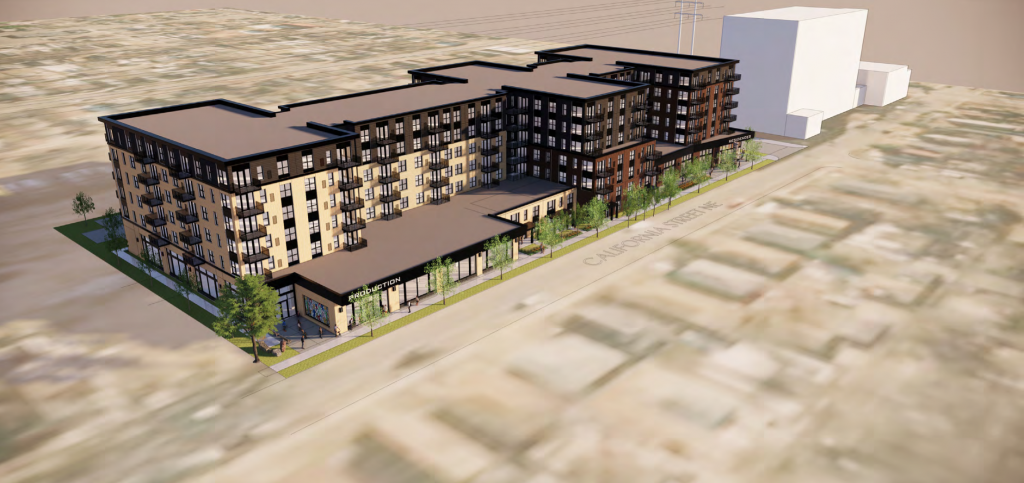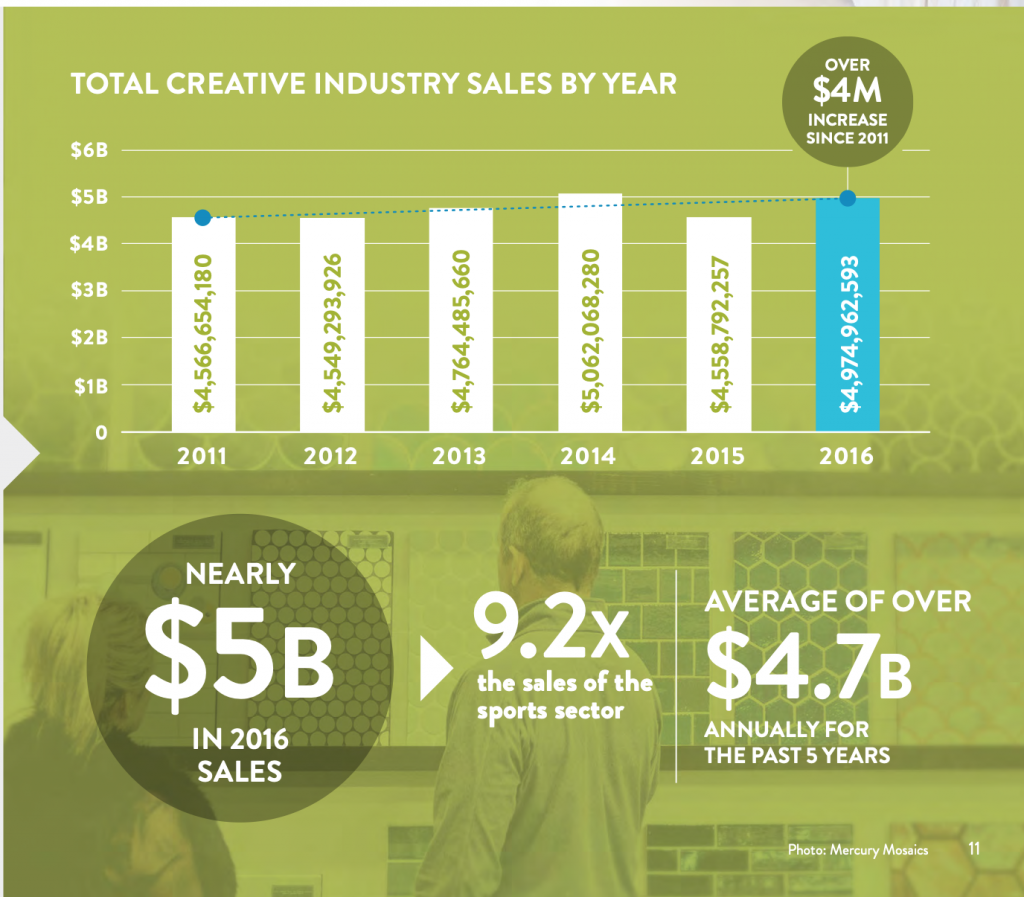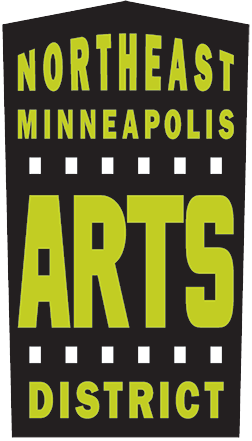By Josh Blanc
The current development proposal by LS Black Developers at 2301 California Street is an brazen attempt to take existing I-1 industrial land and turn it into an “affordable mixed use housing”. This type of housing will not help people currently living in tents in the parks. The developers thinly disguise their proposal by offering the minimum production space to appease the arts community. They have not reached out to the arts community to even ask who we are and what we need. Their effort appears to check the box by providing minimum production space to get a variance to build on I-1 Industrial land for a profitable housing development, and has big repercussions for future arts growth throughout the twin cities especially in the Northeast Minneapolis Arts District.

LS Black Developers have shown no history of running Mixed Use housing developments and have said as much in an article in the Finance & Commerce, William Boulay said “There will be about 13,400 square feet (out of 218,397 SF of the entire site) on the ground floor of that production space. We’re currently programming that now. But we hope it will become artist-focused production space that supports jobs, but also adds to the creativity and the viability of the neighborhood.” Hope is not a business plan. We lack confidence they are serious about working with the arts community while they pursue other developments in Texas.
The Northeast Minneapolis Arts District board is focused on zoning issues as our best leverage option to protect arts production spaces. We have learned that all the Northeast neighborhood organizations have many reservations about all the new developments. They don’t like being bowled over by zealous developers and city officials giving height and mass exceptions to the zoning codes that the city council had set into place. Industrial-zoned buildings are the most important asset to any arts community, period. All of the large buildings in the Arts District are zoned “I-1 Light Industrial District.” That includes the Northrup King Building, California Building, Casket Arts complex, Solar Arts, Q.arma, Waterbury Building and the Thorp Building. Their zoning is essential to the long-term health of the arts community and Northeast as a whole.
Artists need spaces so they can be creative with sometimes loud and odorous processes and materials. Residential living right above production space is a guaranteed failure of design. All of the art buildings mentioned above are run by professionals with a specific business plan. None are live work spaces. While there may have been romantic talk about live/work 17 years ago, we have found there are good reasons most artists prefer not to live where they work. ArtSpace is the one exception that has made a highly concerted effort and business plan to address the live work space challenges. LS Black has no such record.
There are other spaces in Northeast that are or could be zoned higher-density residential. We believe that those zoned spaces should be utilized first to build affordable housing or housing at any income level. Let developers who focus on production space be invited to submit proposals on I-1 Industrial zoned land and bring better jobs and economic success to the whole community.
Production, whether in the arts or other businesses, means jobs, generally paying above minimum wage. There are not many more sections of Minneapolis that have I-1 industrial land available for production uses. Northeast and North Minneapolis have the largest shares in the city still available. It is imperative that here they be protected, saved and marketed to invite production business to use them for their intended purpose.
The 2040 plan shows that industrial space provides higher paying jobs especially for people of color.
Quoting from Policy 3: “Production and Processing: Expand and maintain areas for production, processing, and distribution of products, services, and ideas.” “A healthy local and regional economy requires space for production and processing businesses. Examples of these types of businesses include, but are not limited to, medical device and electronic instrument manufacturing, breweries and distilleries, food production, metal fabrication, and product distribution and fulfillment. Living Wage Jobs: Production and processing businesses provide economic opportunities for people without a college degree by offering higher wages than comparable jobs in retail, accommodation, and food service industries. In Minneapolis, less than half of the Black, American Indian, and Hispanic population has more than a high school education, compared to 83 percent of White, non-Hispanic residents. These educational disparities create barriers for finding employment opportunities that pay a living wage. Production and processing businesses in the region have average monthly starting wages for workers of color that are twice as high as retail businesses and nearly 2.5 times that of accommodation and food service businesses.”
Having the power of zoning in your favor is important. Use that power, take action toward your goals, it is the first step toward success.
What you can do
Contact your city council member and BIZH committee to express your thoughts on preserving Industrial land for industrial uses, and opposing the LS Black 2301 California St. proposal.
This project is in Steve Flecher’s ward 3. He needs to hear from as many people this project is ill advised and should be terminated. You can e mail him Steve Fletcher – steve.fletcher@minneapolismn.gov
If you want to testify at the November 2nd meeting please sign up to talk.
http://www2.minneapolismn.gov/
If you go to the bottom of the page to the sign up form, select the 11/2 BIHZ meeting. You’ll then get another drop down list with all the quasi judicial hearings. Ours is the last on the list
BIZH committee members to contact directly
Kevin Reich – Kevin.Reich@minneapolismn.gov
Jeremy Schroeder – jeremy.schroeder@minneapolismn.gov
Cam Gordon – cam.gordon@minneapolismn.gov
Jeremiah Ellison http://www2.minneapolismn.gov/ward5/ward5-staff
Jamal Osman – http://www2.minneapolismn.gov/ward6/ward6-staff
Mei-Ling Smith – mei-ling.smith@minneapolismn.gov
